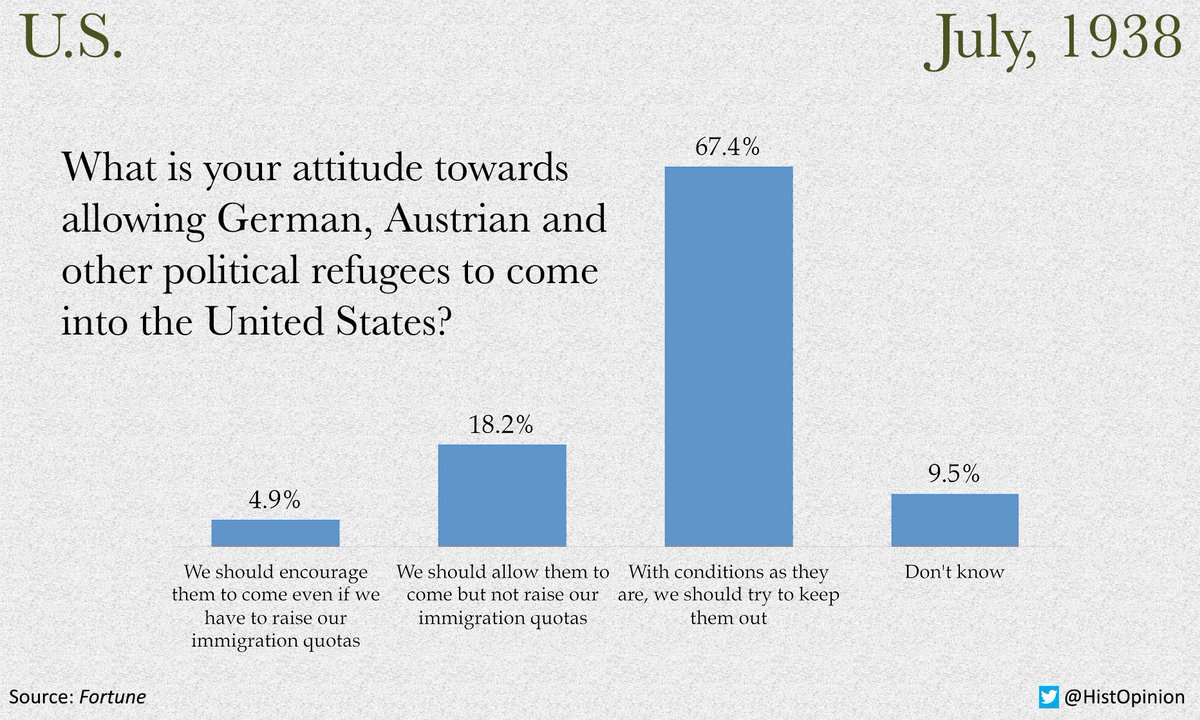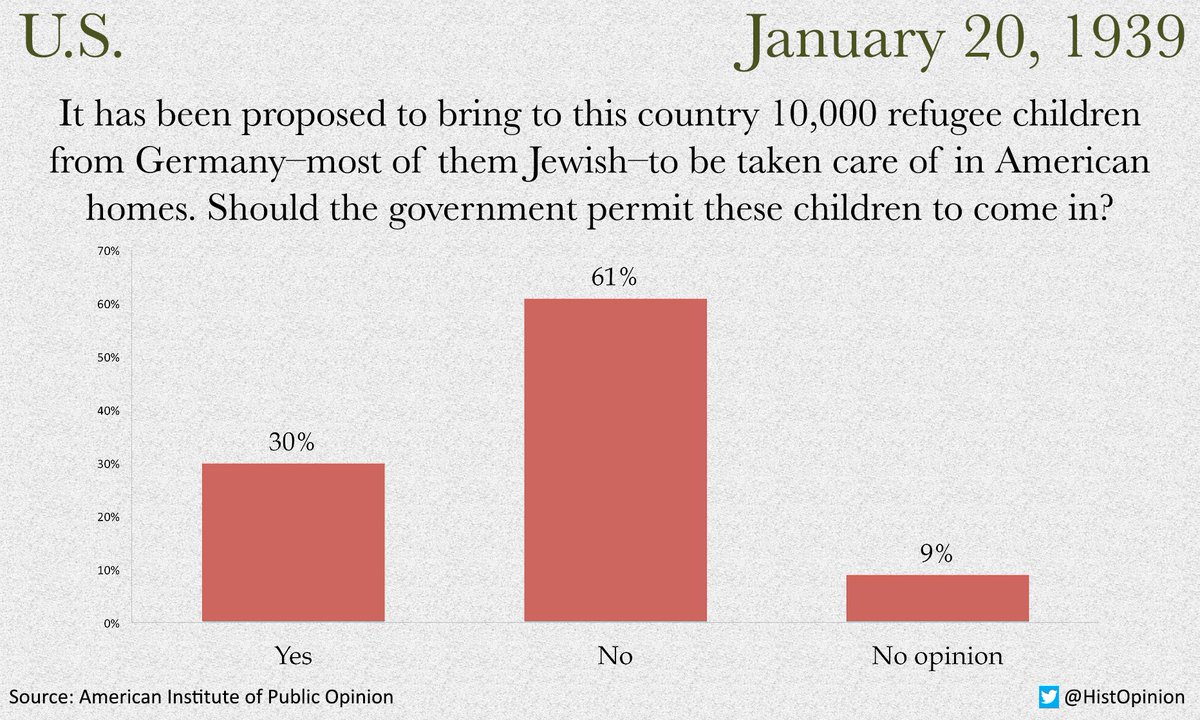Category: USH: World War Two
What Americans thought of Jewish refugees on the eve of World War II


published in the Washington Post, 2015
Nuremberg Trial Bore Witness to the Nazis’ Worst Crimes
Rebecca West, the acclaimed British writer, covered Nuremberg for the New Yorker. In August 1946, as the case entered its 10th month, she wrote, “[T]he courtroom is a citadel of boredom. Every person attending it is in the grip of extreme tedium.” How could a trial for some of the most ghastly and massive crimes ever committed—crimes that continue to horrify and fascinate us—be dull? The answer lies in a most deliberate prosecutorial strategy, one to which we all owe a debt of gratitude today.
How Thousands Of Nazis Were 'Rewarded' With Life In The U.S.
In his new book, The Nazis Next Door, Lichtblau reports that thousands of Nazis managed to settle in the United States after World War II, often with the direct assistance of American intelligence officials who saw them as potential spies and informants in the Cold War against the Soviet Union.
Lichtblau says there were whole networks of spy groups around the world made up of Nazis — and they entered the U.S., one by one.
Photosessay — World War II After the War
This is Part 20 of a weekly 20-part retrospective of World War II) [45 photos]
The Debate Behind U.S. Intervention in World War II
73 years ago, President Roosevelt was mulling a third term, and Charles Lindbergh was praising German air strength. A new book looks at the dramatic months leading up to the election of 1940.
How Hollywood Helped Hitler
In devastating detail, an excerpt from a controversial new book reveals how the big studios, desperate to protect German business, let Nazis censor scripts, remove credits from Jews, get movies stopped and even force one MGM executive to divorce his Jewish wife.
Drawing on a wealth of archival documents in the U.S. and Germany, he reveals the shocking extent to which Hollywood cooperated and collaborated with the Nazis during the decade leading up to World War II to protect its business.
Indeed, “collaboration” (and its German translation, Zusammenarbeit) is a word that appears regularly in the correspondence between studio officials and the Nazis. Although the word is fraught with meaning to modern ears, its everyday use at the time underscored the eagerness of both sides to smooth away their differences to preserve commerce.
The Chilling History of How Hollywood Helped Hitler
In devastating detail, an excerpt from a controversial new book reveals how the big studios, desperate to protect German business, let Nazis censor scripts, remove credits from Jews, get movies stopped and even force one MGM executive to divorce his Jewish wife.
After WWII, Europe Was A 'Savage Continent' Of Devastation
In the introduction to his book, Savage Continent, Keith Lowe writes:
Imagine a world without institutions. No governments. No school or universities. No access to any information. No banks. Money no longer has any worth. There are no shops, because no one has anything to sell. Law and order are virtually non-existent because there is no police force and no judiciary. Men with weapons roam the streets taking what they want. Women of all classes and ages prostitute themselves for food and protection.
This is not the beginning to a futuristic thriller, but a history of Europe in the years directly following World War II, when many European cities were in ruins, millions of people were displaced, and vengeance killings were common, as was rape.
Here is Lowe interviewed on Fresh Air
Three Reichs, You’re Out
The amazing story of the U.S. military’s integrated “World Series” in Hitler Youth Stadium in 1945.
Fresh Air: 'Double V': The Fight For Civil Rights In The U.S. Military
In his new book, The Double V: How Wars, Protest and Harry Truman Desegregated America’s Military, author Rawn James Jr. argues that if one wants to understand the story of race in the United States, one must understand the history of African-Americans in the country’s military. Since the country was founded, he tells Fresh Air’s Dave Davies, the military “has continually been forced to confront what it means to segregate individuals according to race.”
The Most Damning Evidence of a U.S. Coverup of Soviet War Crimes
On Monday, the U.S. National Archives released 1,000 declassified documents pertaining to the 1940 massacre of 22,000 Poles by the Soviet Union. The Cliffs Notes version? America’s coverup of the infamous Katyn Massacre was more extensive than previously thought.
For years, Poles and Polish-Americans have alleged that the U.S. government suppressed information about the Soviet Union’s guilt in the World War II-era murders, which were aimed at killing off Poland’s military and intellectual elite. As recently as 1992, the State Department said it “lacked irrefutable evidence” in the early 1950s to substantiate claims that the USSR, not Nazi Germany, carried out the crimes. But today’s documents show the concrete proof U.S. officials had in their hands in the 1940s regarding the Soviet Union’s guilt.
You can see all of the newly-released documents and maps at the National Archives site here.
10 Minute documentary on the Katyn massacre
STW: WWII & the Public Imagination
On Start the Week Andrew Marr discusses how World War II still grips the public imagination. Max Hastings and Antony Beevor discuss the power politics at play, ideological hypocrisy, egomania, betrayal and self-sacrifice. Juliet Gardiner discusses how military history has been largely replaced by social history, as the lives of those who lived through war and its aftermath take centre stage. And for this year’s Reith Lectures, Niall Ferguson questions whether the Western world, in the aftermath of WW2 and the Cold War, has become so in thrall to its institutions of democracy and the rule of law that it can no longer find solutions to today’s crises.
Video: Women, War & Peace, War Redefined
The capstone of Women, War & Peace, War Redefined challenges the conventional wisdom that war and peace are men’s domain through incisive interviews with leading thinkers, Secretaries of State and seasoned survivors of war and peace-making. Their experiences reveal how the post-Cold War proliferation of small arms has changed the landscape of war, with women becoming primary targets and suffering unprecedented casualty rates. Simultaneously, they describe how women are emerging as necessary partners in brokering lasting peace and as leaders in forging new international laws governing conflict.
War Redefined reframes our understanding of modern warfare through probing conversations with Secretary of State Hillary Clinton and former Secretaries of State Condoleezza Rice and Madeleine Albright; Liberian peace activist Leymah Gbowee; Bosnian war crimes investigator Fadila Memisevic; Zainab Salbi, Founder of Women for Women International; globalization expert Moisés Naím; and Cynthia Enloe of Clark University, among others. Narrated by Geena Davis.
PoW Horace Greasley
PoW Horace Greasley defiantly confronts Heinrich Himmler during an inspection of the camp he was confined in. Greasley also famously escaped from the camp and snuck back in more than 200 times to meet in secret with a local German girl he had fallen in love with.
Adolf for Everyone 'Mein Kampf' Extracts To Be Sold in Germany
A British publisher plans to sell excerpts from Hitler’s “Mein Kampf” in Germany, claiming he wants to demystify the infamous book. But the controversial move could provoke a legal dispute with the Bavarian government, which owns the copyright and refuses reprint permission.
Video: Bombing Hitler's Dams
Experts recreate the bold feat of “dambuster” pilots who used bouncing bombs to destroy two key German dams in WWII.
Kinda amazing.
From PBS Nova.
Amazing Photos from the Battle of the Bulge
From Dec. 16, 1944 to Jan. 25, 1945, American, British, Canadian, Belgian, and French forces fought to stop the final major German offensive of World War II: The Battle of the Bulge was launched in the heavily forested Ardennes Mountains of Belgium. While Allied forces ultimately triumphed, the bitter victory left tens of thousands dead on both sides. Here, in a series of rare photos from LIFE.com, is a look back at the pivotal, brutal, seven-week struggle known as the Battle of the Bulge.
Vintage STD Propaganda Posters
We’ll I suppose it’s true that VD would hinder the war effort. And I suppose that ought to be shared with the rank and file. But yikes.
Lazar Lecture: World War II on the American Home Front
Lecture Outline:
- The Road to War
- War Socialism
- Minorities in WWII
- African-Americans
- Mexican-Americans
- Native Americans
- Women in at War and at Work
- Japanese [American] Internment
- Atomic Bombs